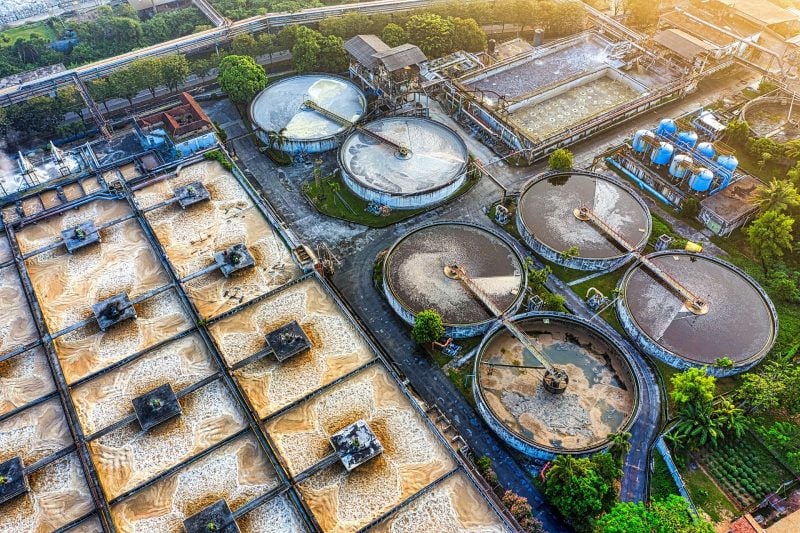Morocco’s Minister of Equipment and Water, Nizar Baraka, announced a series of measures to combat the ongoing drought, including plans for new seawater desalination plants. Speaking at a conference in Rabat, Baraka noted that Morocco is acutely concerned about the country’s water issue, as the drought has been worsening over recent years, with the country experiencing its worst drought in over three decades.
The new plan aims to provide “500,000 million cubic meters per citizen,” a figure that Baraka compared to the 1960s, when each citizen received 1,500 million cubic meters of water. To achieve this goal, the government plans to use both conventional and unconventional water resources, with a focus on recycling wastewater, constructing more reservoirs, and using treated seawater to reduce the country’s water stress.
Morocco’s long-term goal is to have more than 1,300 million cubic meters of water from desalination plants to meet the demands for drinking water, agriculture, and tourism. The government also plans to provide 100 million cubic meters of treated water for green spaces, golf courses, and industrial use.
The new plan includes the construction of new seawater desalination plants, with Casablanca’s “mega plant” set to be operating by the end of 2026 with a daily capacity of 548,000 cubic meters. By using treated seawater, Morocco aims to reduce the pressure on conventional water resources and ensure a balance between conventional and unconventional water sources.
The minister noted that 2022 was the driest year on record since 1945 in Morocco, with snowfall plummeting down by 89%. Climate change is the main culprit behind the heightened water stress in Morocco, as it is now becoming increasingly common to experience “long periods of drought.”
Despite the negative impact of climate change, there has been an improvement in Moroccan dam filling levels and general reservoir production since September 2022, the minister said. Morocco hopes to have “guaranteed water stability” by 2030.



Recent Comments